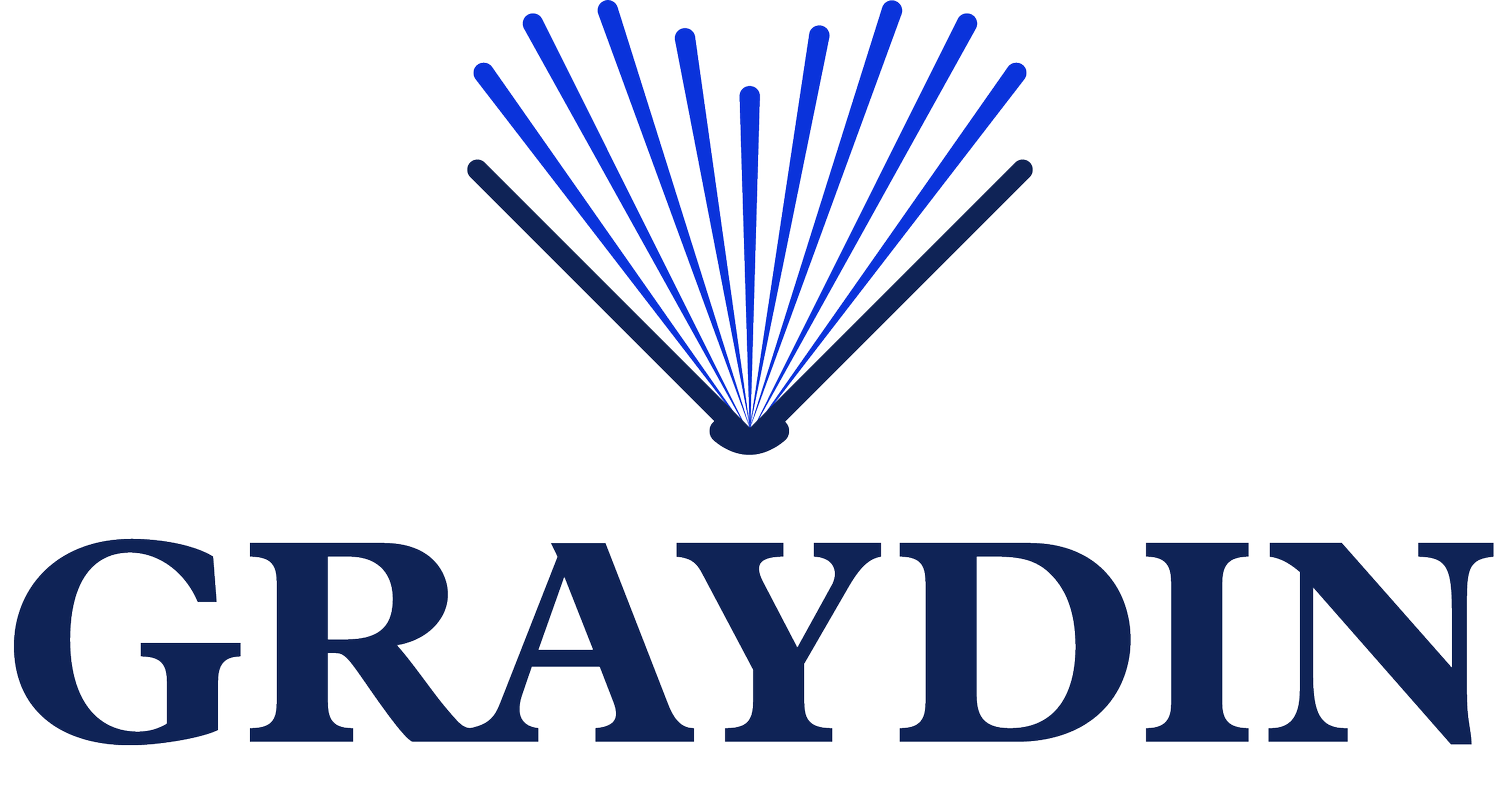Our Brains Are Begging Us to Step Outside Our Comfort Zones
One of the most significant barriers for many is not external challenges but the internal dialogue they carry—the automatic negative thoughts (ANTs) that shape their worldview. This limiting self-talk is often referred to as the ‘Gremlin,’ a term coined by Rick Carson in his book Taming Your Gremlin. These Gremlins arise whenever someone is on the verge of stepping outside their comfort zone, flooding their mind with fears and doubts like, “I can’t do this,” “I’m not good enough,” or “I will fail.”
But what happens when a coachee decides to confront their Gremlin by pushing past these barriers and stepping into discomfort? Science suggests that taking on new, difficult, or even painful challenges rewires the brain and helps quiet the limiting beliefs that hold them back.
The Evolution of Negative Self-Talk
Negative self-talk has evolutionary roots. Our ancestors had to assess threats to ensure survival constantly, and those tendencies persist in modern life. Today, these automatic negative thoughts may not be about physical threats, but they manifest as emotional or psychological self-protection mechanisms. Our brains naturally default to safety and comfort, avoiding anything that feels risky or new.
Dr. Fred Luskin of Stanford University found that 90% of our thoughts are repetitive, often variations of negative self-talk. Over time, these thoughts become deeply ingrained habits. The more coachees listen to their Gremlins, the more their belief systems reinforce limiting ideas. However, this habit of negative thinking can be interrupted, especially when they challenge themselves by stepping outside their comfort zones.
Stepping Into Discomfort: The Science of Growth
When a person faces their fears and steps outside their comfort zone, they activate a part of the brain called the anterior mid-cingulate cortex (aMCC). This area is crucial for error detection, conflict monitoring and emotional regulation. Research shows that engaging in new and difficult tasks causes the brain to rewire—strengthening the neural pathways involved in resilience, problem-solving and confidence.
Our Co-founder, Quinn, has an older brother named Brock who experienced a life-altering concussion in 2019. Brock thinks that his anterior mid-cingulate cortex was weakened by this injury, making it more challenging for him to step outside his comfort zone. However, by gradually pushing his boundaries and engaging in new experiences, Brock has been able to strengthen this area of his brain, demonstrating the power of neuroplasticity in overcoming even physical obstacles to growth. He still has a lot of work to do but identifying this part of his brain has provided him with a sense of hope.
Psychologist Carol Dweck’s growth mindset theory supports this idea. By believing that abilities can be developed through effort, individuals see challenges as opportunities for growth. Each time a coachee moves beyond the perimeter of their comfort zone, they expand that zone, creating new possibilities for growth, just like the "Comfort Zone Bubble" displays, created by Mark Pritchard-Jeffs.
Quieting the Gremlin Through Action
Research shows that actively facing discomfort, such as taking risks or doing something new, leads to neuroplasticity—the brain’s ability to change and adapt. This reduces the power of limiting beliefs by proving to oneself that challenges can be overcome. Additionally, tackling hard tasks reduces rumination, the repetitive thinking that often feeds negative self-talk, whilst building self-efficacy—the belief that one can succeed in various situations.
Through experience, coachees come to see that their Gremlin is not an undefeatable foe but simply a signal that they are on the edge of growth. Each time they push past their Gremlin’s warnings and achieve success, no matter how small, they gather evidence that helps diminish limiting beliefs.
Coaching Towards Growth
As a coach, your role is to help your coachee listen for dissonance in their self-talk, recognise and name their Gremlin, and guide them towards challenging yet meaningful actions. By stepping outside their comfort zone, they will not only learn to manage their Gremlin but also discover new possibilities for personal and professional growth.

